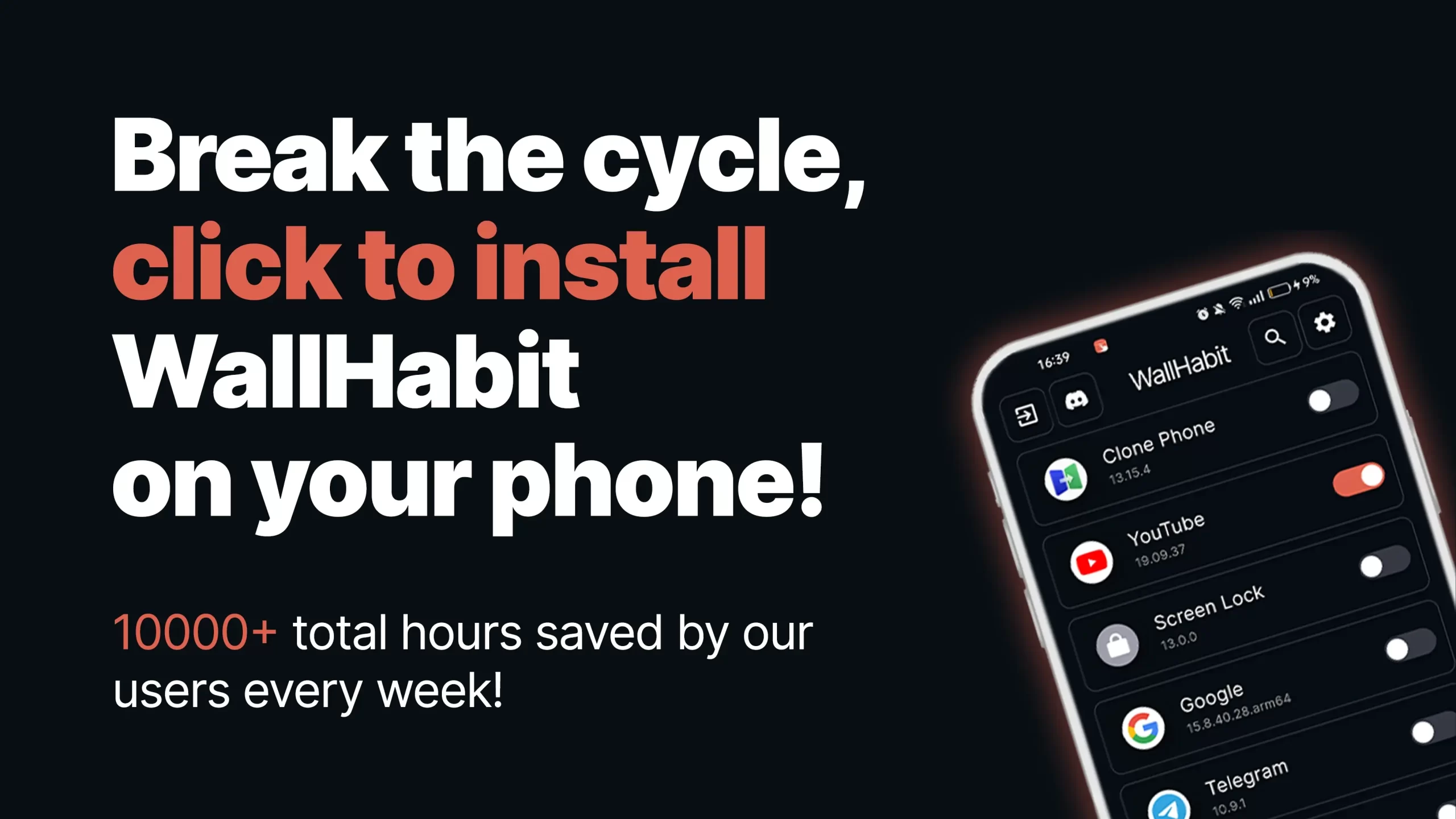Have you ever felt anxious about missing out on what your friends are doing or what’s trending online? If so, you’re not alone. This feeling is commonly known as FOMO, an acronym that stands for “Fear Of Missing Out.” It’s a pervasive anxiety that others might be having rewarding experiences from which one is absent. The rise of social media has amplified this phenomenon, making it a significant issue in today’s connected world. Let’s dive into what FOMO is and explore how to deal with it effectively.
What is FOMO slang for?
What is FOMO? FOMO, or Fear Of Missing Out, describes the emotional response to the perception that others are having more fun, leading more interesting lives, or experiencing better things than you are. This feeling can cause significant stress and can negatively impact mental health. The term originated in the early 2000s and has since become a part of everyday language, especially among younger generations.
FOMO is deeply connected to social media usage. Platforms like Instagram, Facebook, and Twitter allow us to see glimpses of other people’s lives, often showcasing only the highlights. This curated content can lead to feelings of inadequacy or envy, as it seems like everyone else is constantly engaged in exciting activities. The constant stream of updates makes it hard to escape the feeling that you’re always missing out on something.
The psychology behind FOMO is rooted in our basic human need for social connection and belonging. When we see others enjoying experiences that we are not a part of, it can trigger feelings of exclusion. How to deal with FOMO begins with understanding that social media only shows part of the story. This fear is not just limited to social events; it can extend to career opportunities, lifestyle choices, and even personal achievements.
Examples of FOMO on Social Media
Social media is a double-edged sword. On one hand, it connects us with people and information like never before. On the other hand, it can be a breeding ground for FOMO. Here are some common scenarios where FOMO manifests on social media:
One of the most typical examples of FOMO on social media is seeing friends hanging out without you. A photo of a group dinner or a party where you weren’t invited can instantly make you feel left out. Even if you didn’t have any particular interest in attending, just the fact that you weren’t included can trigger FOMO.
Travel posts are another significant source of FOMO. Seeing others explore exotic locations, enjoy beach vacations, or go on adventurous trips can make your everyday routine seem dull in comparison. The beautifully curated images and stories can make it hard to remember that these are often just highlights and not the whole picture.
Career achievements and personal milestones shared on platforms like LinkedIn can also spark FOMO. When you see your peers announcing promotions, new jobs, or professional awards, it can create a sense of urgency and inadequacy about your own career progress. This is particularly prevalent in competitive industries where social media is used as a platform to showcase professional success. If you’ve ever wondered, “What is one realistic step you can take to combat FOMO from social media?”, a great starting point is to reflect on your own accomplishments and celebrate your progress instead of comparing yourself to others.
Using WallHabit
One way to combat FOMO is by using tools designed to help you control your social media usage. WallHabit is a commitment device that offers various functionalities to reduce screen time. One of its most effective features is the “hold to unlock” function. This feature requires you to hold down a button for a set period before you can access certain apps. This simple barrier can help you become more mindful about your usage, reducing the impulse to check your phone frequently.
WallHabit also allows you to block specific content types, such as shorts and reels. These are often the most addictive forms of content, designed to keep you scrolling endlessly. By placing these behind a “wall,” WallHabit helps you to limit your exposure to the most engaging yet distracting parts of social media. This can significantly reduce the time you spend on these platforms, ultimately lowering your FOMO.
In addition to blocking addictive content, WallHabit offers a feature to track your screen time and set goals. By monitoring how much time you spend on different apps, you can gain insights into your habits and make conscious efforts to reduce unnecessary usage. This data-driven approach is one of the most effective strategies if you’re learning FOMO: how to deal with it in the digital age.
Can FOMO be cured?
While it might not be possible to completely eliminate FOMO, there are strategies to manage it effectively. The first step is to become aware of your feelings and acknowledge that what you see online is often not the full picture. People tend to share the best moments of their lives, not the mundane or difficult ones. Reminding yourself of this can help mitigate feelings of inadequacy.
Another strategy is to limit your social media usage. Set specific times of the day to check your accounts and stick to them. Using tools like WallHabit can support this by helping you build healthier habits around phone usage. Engaging in offline activities that you enjoy can also shift your focus away from the digital world. Spending time with family and friends, pursuing hobbies, and being active outdoors are great ways to enrich your life without relying on social media validation.
Developing a mindfulness practice can also be beneficial. Techniques such as meditation and deep breathing exercises can help you stay present and reduce anxiety. By focusing on the here and now, you can lessen the grip that FOMO has on you. Mindfulness teaches you to appreciate the moment you are in, rather than constantly worrying about what you might be missing out on.
Building strong, real-life connections is another crucial aspect of managing FOMO. While online interactions can be meaningful, they often lack the depth of face-to-face relationships. Prioritize spending quality time with loved ones and cultivate relationships that provide genuine support and joy. This is one of the most effective answers to the question: “What is one realistic step you can take to combat FOMO from social media?”
Conclusion
FOMO is a common experience in our digitally connected world, but it doesn’t have to control your life. By understanding what FOMO is and recognizing its impact, you can take steps to manage it. Tools like WallHabit can provide practical support in reducing screen time and becoming more mindful of your social media usage. Remember, the key to overcoming FOMO is to focus on your own life and experiences rather than constantly comparing yourself to others.
Ultimately, learning how to deal with FOMO is about balance. It’s not about completely disconnecting from social media, but about using it in a way that enhances your life rather than detracts from it. By implementing the strategies discussed, you can regain control over your time and emotions, leading to a healthier, more fulfilling life. So the next time you feel the pang of FOMO, remember that it’s okay to miss out on some things. Your own journey is unique and valuable, and it deserves your full attention and appreciation.

